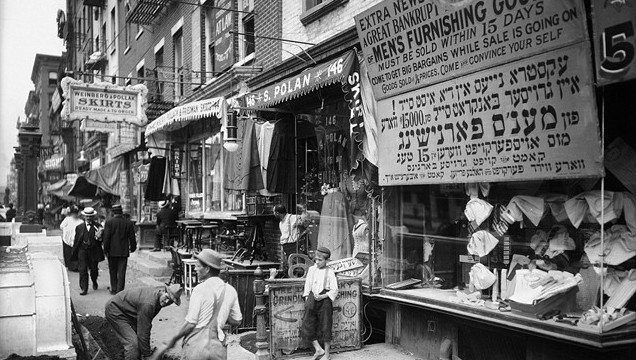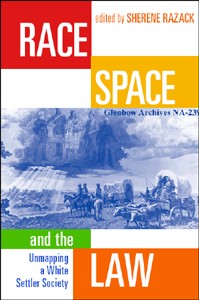México’s Nobodies: The Cultural Legacy of the Soldadera and Afro-Mexican WomenPosted in Anthropology, Books, Caribbean/Latin America, History, Literary/Artistic Criticism, Media Archive, Mexico, Monographs, Religion, Women on 2017-03-26 21:35Z by Steven |
México’s Nobodies: The Cultural Legacy of the Soldadera and Afro-Mexican Women
State University of New York Press
February 2017
350 pages
Hardcover ISBN13: 978-1-4384-6357-5
B. Christine Arce, Assistant Professor of Latin American Literature and Culture
University of Miami, Miami, Florida
2016 Victoria Urbano Critical Monograph Book Prize, presented by the International Association of Hispanic Feminine Literature and Culture
Analyzes cultural materials that grapple with gender and blackness to revise traditional interpretations of Mexicanness.
México’s Nobodies examines two key figures in Mexican history that have remained anonymous despite their proliferation in the arts: the soldadera and the figure of the mulata. B. Christine Arce unravels the stunning paradox evident in the simultaneous erasure (in official circles) and ongoing fascination (in the popular imagination) with the nameless people who both define and fall outside of traditional norms of national identity. The book traces the legacy of these extraordinary figures in popular histories and legends, the Inquisition, ballads such as “La Adelita” and “La Cucaracha,” iconic performers like Toña la Negra, and musical genres such as the son jarocho and danzón. This study is the first of its kind to draw attention to art’s crucial role in bearing witness to the rich heritage of blacks and women in contemporary México.
Table of Contents
- List of Illustrations
- Acknowledgments
- Introduction: The Paradox of Invisibility
- Part I: Entre Adelitas y Cucarachas: The Soldadera as Trope in the Mexican Revolution
- 1. Soldaderas and the Making of Revolutionary Spaces
- 2. The Many Faces of the Soldadera and the Adelita Complex
- 3. Beyond the “Custom of Her Sex and Country”
- Part II: The Blacks in the Closet
- 4. Black Magic and the Inquisition: The Legend of La Mulata de Córdoba and the Case of Antonia de Soto
- 5. “Dios pinta como quiere”: Blackness and Redress in Mexican Golden Age Film
- 6. The Music of the Afro-Mexican Universe and the Dialectics of Son
- Conclusion: To Be Expressed Otherwise
- Notes
- Bibliography
- Index





